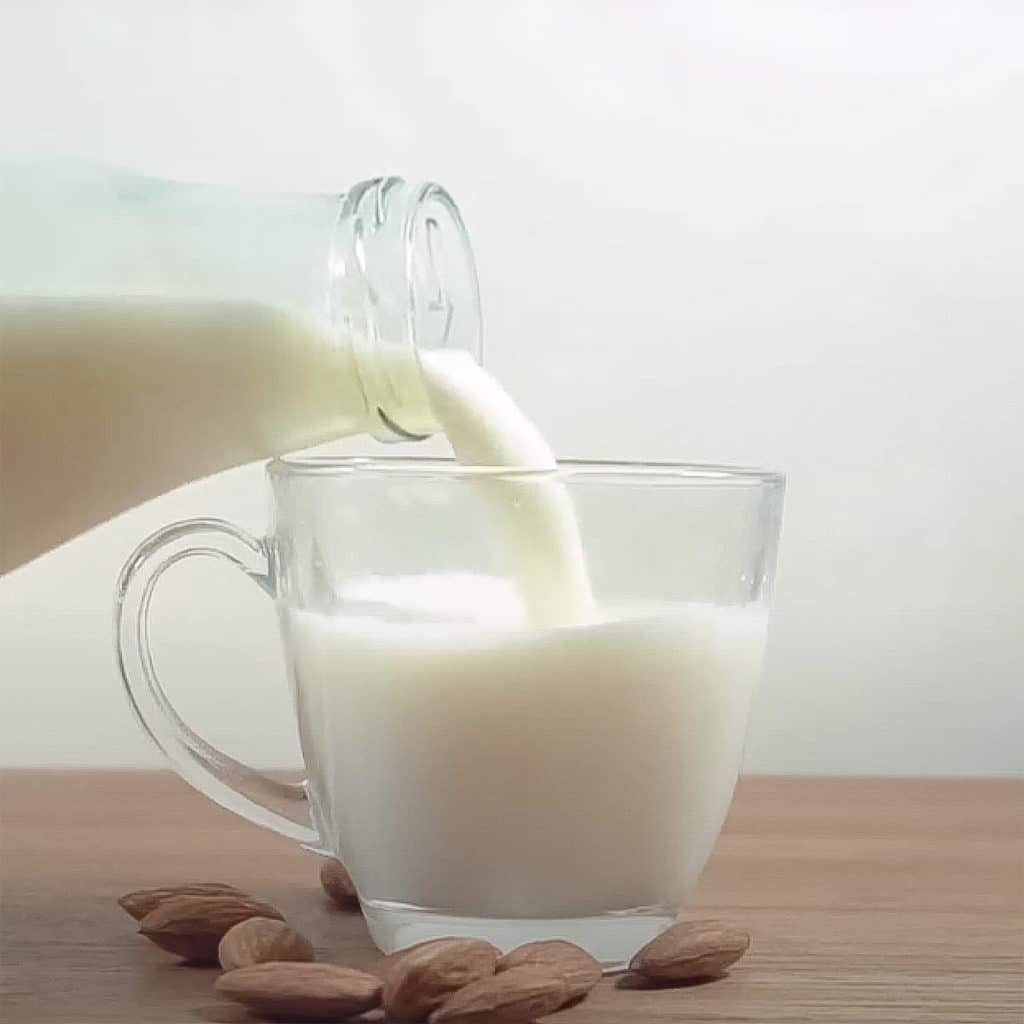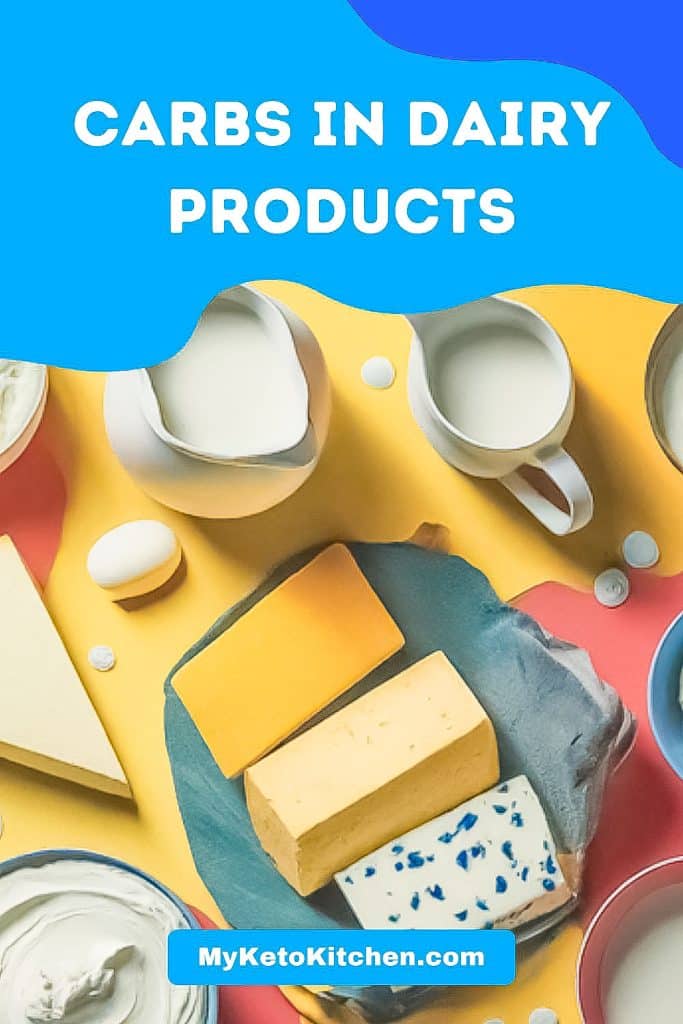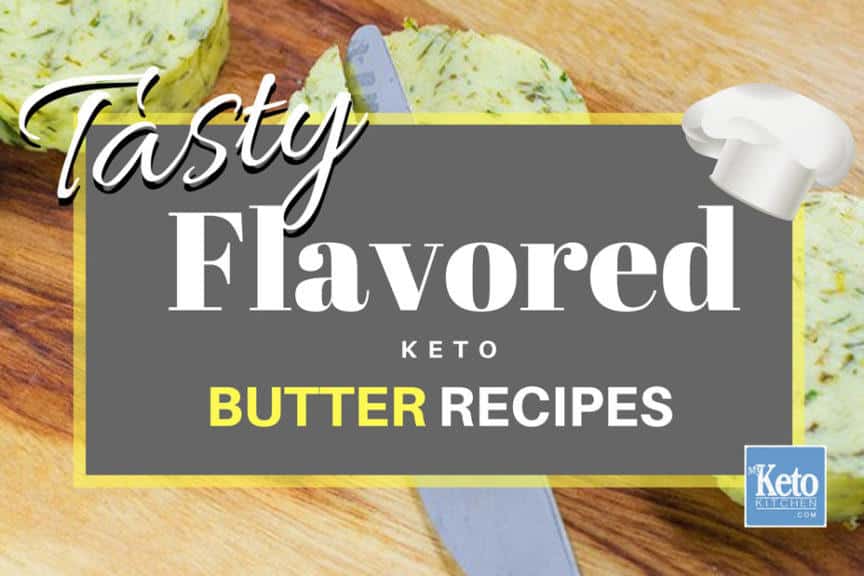Learn how to navigate dairy on a keto diet. Discover the carb counts in milk, cheese, cream, butter, and yogurt, and find keto-friendly options to enjoy.

Table of contents
Carbs in Dairy: What You Need to Know
Who needs to be mindful of carbs in dairy? Anyone following a low-carb or keto diet needs to pay close attention to their dairy intake.
What are we talking about? We’re talking about the carbohydrate content found in various dairy products like milk, cheese, cream, and butter.
Where do these carbs come from? Primarily, it’s lactose, a naturally occurring sugar in milk.
When does it become an issue? When you’re aiming for ketosis or simply trying to limit your carb intake, the carbs in dairy can add up quickly.
Why is it important? Understanding carb counts in dairy helps you make informed choices to support your dietary goals.
How can you manage it? By choosing low-carb dairy options, monitoring portion sizes, and incorporating them mindfully into your diet.
Why Dairy Carbs Matter
On a keto diet, the goal is to induce ketosis, a metabolic state where your body primarily burns fat for fuel. To achieve this, you need to drastically reduce your carbohydrate intake, typically to around 20-50 grams per day.
Although dairy products are packed with essential nutrients like calcium and protein, they also contain varying amounts of carbohydrates, primarily lactose (milk sugar). Hence, understanding their carb content is crucial to staying within your daily limit and maintaining ketosis.
Milk: The Carb Culprit
- Cow’s Milk: Whether it’s whole milk, 2%, 1%, or skim, cow’s milk contains approximately 12-13 grams of carbs per cup. This high carb count makes it a less desirable choice for those on a strict keto diet.
- Goat’s Milk: An alternative to cow’s milk, goat’s milk contains slightly fewer carbs, around 11 grams per cup. While it might be a better option, it’s still relatively high in carbs and should be consumed in moderation.
How Many Carbs In Milk?
Regular whole milk has 12g of carbs per cup.
However, there are various types of milk available, such as whole milk, buttermilk, skim milk, and different levels of reduced-fat milk.
The different kinds of milk vary in fat content with a slight variation in carbohydrates and protein.
As the fat is reduced, the carbs in milk are increased.
Carbohydrates In Different Types of Milk
Cows milk is generally considered unsuitable for the ketogenic diet and Atkins as it has too many carbohydrates. Some low-carb practitioners do consume it, but not if they want to get into ketosis.
- Whole milk = 12g carbs, 8g fat, 8g protein per cup
- 2% milk = 12g carbs, 3.5g fat, 8g protein per cup
- 1% milk: 13g carbs, 2.5g fat, 8g protein per cup
- Skim milk = 13g carbs, 0g fat, 8g protein per cup
As you can see, the carbohydrates in milk are too high for the keto diet, so we do not consume dairy (cows) milk or use it in our low-carb recipes.
We do use various nut milk on occasion, however, such as almond, macadamia, and coconut milk (mostly in small portions as recipe ingredients). But these are not dairy products.
How Many Carbs In Cheese?
The carbohydrate content in most cheeses is very low. The majority of cheese is made up primarily of protein and fat cheese.
- Most cheeses are naturally low in carbs, making them a keto-friendly option.
- The carb content varies depending on the type of cheese.
- Examples:
- Cheddar: 0.4g carbs per ounce
- Cream cheese: 1.2g carbs per ounce
- Mozzarella: 0.6g carbs per ounce
Cheese is also very low in lactose (sugar in milk) compared to milk. If in doubt, read the nutrition label and check for the sugar content. If you’re lactose intolerant and want to keep carbs to a minimum, avoid fresh cheeses (and consult your specialist).
Carbohydrates In Cheese (per 1oz)
Cheese comes in many forms, from cream cheese, soft cheese, cured and hard cheeses. Their carbohydrate content varies.
- Cheddar Cheese = 0.4g carbs, 9.4g fat, 7g protein
- Colby Cheese = 0.7g carbs, 9.1g fat, 6.7g protein
- Cream Cheese = 1.2g carbs, 9.7g fat, 1.7g protein
- Mozzarella Cheese = 0.6g carbs, 6.3g fat, 6.3g protein
- Parmesan Cheese = 0.9g carbs, 7.3g fat, 10g protein
- Swiss Cheese = 1.5g carbs, 7.9 fat, 7.6g protein
- Feta = 1.2g carbs, 6g fat, 4g protein
- Brie = 0.1g carbs, 7.9g fat, 5.9g protein
Delicious Low-Carb Cheese Recipes
We use cheese extensively throughout our low-carb recipes. The low carbs in cheese make it a versatile ingredient for keto and paleo diets.
The cheese we use will depend on the type of low-carb dish we’re cooking.
- Easy Low-Carb Cheese Chips
- Ketogenic Three-Cheese Pie
- LCHF Ham and Cheese Omelette
- Easy Low-Carb Cheese and Bacon Cauliflower Casserole
- Low Carb Vanilla Cheesecake Fat Bombs
How Many Carbs in Cream?
Full cream has 0.4 grams of carbohydrates per tablespoon and is a great alternative (when used by the tablespoon) to milk for people on a ketogenic or other low-carb diet.
The carbs in cream, compared to fat and protein, are very low.
Use one tablespoon of full cream in a cup of coffee or tea as a low-carb, high-fat option.
Be aware that while heavy cream is low-carb, the high-fat content makes one full cup of cream a whopping 820 calories.
Cream: A High-Fat, Low-Carb Treat
- Heavy cream has a minimal 0.4 grams of carbs per tablespoon.
- It’s a great addition to coffee, tea, or keto recipes.
- Be mindful of portion sizes due to their high-fat content.
Carbohydrates In Cream (per tablespoon)
Try to avoid low-fat versions and keep your portions small when consuming cream.
- Heavy Cream = 0.4g carbs, 5.6g fat, 0.3g protein
- Half and Half = 0.6g, 1.7g fat, 0.4g protein
- Sour Cream = 0.5g carbs, 2.5g fat, 0.4g protein
Keto Cream Recipes
Full-fat cream is a good part of many of our keto recipes.
Cream being low in carbs and high in fat makes it an ideal food thickener and gives a richer, smoother flavor.
- Low-Carb Cherry Cream Cookie Bars
- Low Carb Raspberry & Chocolate Cream Pie
- Raspberry Cream Fat Bombs
- Keto Ice Cream Recipe – Low-Carb Chocolate
- Low Carb Key Lime Pie
How Many Carbs In Butter?
Butter has almost no carbohydrates. There are under 0.1 grams of carbs per 100g of regular salted or unsalted butter
Butter is a staple for people on low-carb, high-fat diets such as the Keto and Atkins diets. Butter has virtually no carbs, almost no protein, and is nearly entirely made of fat.
Butter vs Ghee
- Butter: Both salted and unsalted butter contain negligible amounts of carbs (less than 0.1 grams per 100g). It’s a versatile keto ingredient for cooking and baking.
- Ghee (clarified butter): Ghee is butter with all the milk solids removed. Ghee is essentially pure fat and contains zero carbs. It’s a great option for those with lactose intolerance.
Carbohydrates In Butter (per tablespoon)
Keeping butter on hand is key to a successful ketogenic diet. Almost pure fat and full of flavor, butter is the Swiss army knife of LCHF eating. Its carbs are very low.
- Salted & Unsalted Butter = 0.1g carbs, 11.5g fat, 0.1g protein
- Clarified Butter (Ghee) = 0 carbs, 12.5g fat, 0g protein
Butter can be used in various ways in low-carb recipes.
We make various flavored compound butter recipes to add to our meat dishes.
- Lemon and Chive Compound Butter Great with chicken and fish.
- Classic Garlic Flavored Compound Butter is great on most low-carb meat dishes
- Chili Flavored Compound Butter for those who like it a bit bitey!
- Pesto Flavored Compound Butter for steaks and lamb dishes.
How Many Carbs In Yoghurt
Full-fat natural yogurt has 9g of carbohydrates per cup.
Personally, I avoid yogurt on a ketogenic diet. The carbs in yogurt throw me out of ketosis. I’m quite sensitive to sudden carbohydrate intake.
However, the number of carbs in yogurt may fit in with your low-carb diet if ketosis isn’t what you’re aiming for.
The best low-carbohydrate option for LCHF diets is full-fat Greek yogurt.
Carbohydrates in Yogurt ( 1 cup)
- Full Fat Greek Yogurt = 9.1g carbs, 11.4g fat, 20.4g protein
- 2% Greek Yogurt = 9.1g carbs, 4.5g fat, 22.7g protein
- 0% (fat-free) Greek Yogurt) = 9.3g carbs, 0g fat, 24g protein
There you have it. From the list above, you can work out which dairy products fit in with your diet’s macros.
Carbohydrates in dairy products vary by product, as seen in the difference in carbohydrates between milk, cheese, and butter.
Yogurt: Tread Carefully
- Greek yogurt: Plain, unsweetened Greek yogurt is a good source of protein and has a lower carb content than regular yogurt. Look for varieties with 5-8 grams of carbs per serving.
- Flavored yogurts: Avoid these as they often contain added sugars, significantly increasing their carb count.
Making Keto-Friendly Dairy Choices
- Prioritize cheese: Hard and aged cheeses are your go-to options.
- Enjoy heavy cream and sour cream in moderation.
- Use butter and ghee liberally.
- Opt for plain, unsweetened Greek yogurt.
- Always read nutrition labels to track carb intake.
- Consider goat’s milk as a lower-carb alternative to cow’s milk, but consume it sparingly.
By understanding the carb content in various dairy products and making mindful choices, you can successfully incorporate dairy into your keto lifestyle without compromising your goals.
Frequently Asked Questions
Cow’s milk is generally high in carbohydrates and is not recommended for a strict keto diet. Goat’s milk, with slightly lower carbs, can be consumed in moderation.
Hard and aged cheeses like cheddar, parmesan, and Swiss are excellent keto choices due to their low-carb content.
Plain, unsweetened Greek yogurt can be enjoyed on keto, but watch out for flavored varieties that often contain added sugars.
While heavy cream is low in carbs, it’s high in fat and calories. It’s best to enjoy it in moderation, using it as a coffee creamer or in small amounts in recipes.
Ghee is clarified butter with the milk solids removed. It’s essentially pure fat and contains zero carbs, making it an excellent choice for those with lactose intolerance or on a strict keto diet.
Yes, butter is virtually carb-free and a staple on the keto diet. You can use it for cooking, baking, or spreading on keto-friendly bread.
Unsweetened almond milk, coconut milk, and macadamia nut milk are good keto-friendly alternatives to cow’s milk. Avoid sweetened or flavored varieties as they may contain added sugars.
Yes, cottage cheese can be a good option for keto as it’s relatively low in carbs and high in protein. Choose full-fat varieties and be mindful of portion sizes.
Whipped cream made with heavy cream and a keto-friendly sweetener can be enjoyed in moderation on keto. Be mindful of portion sizes as it’s still high in fat and calories. We make a keto whipped cream here.
Traditional ice cream is high in sugar and carbs, making it unsuitable for keto. However, you can find keto-friendly ice cream alternatives made with low-carb sweeteners and healthy fats.






Great information. I am really going to use this to learn how to eat better.
Thanks so much!
Thank you very useful. About to start a Keto diet but am not sure I can not drink coffee with milk.